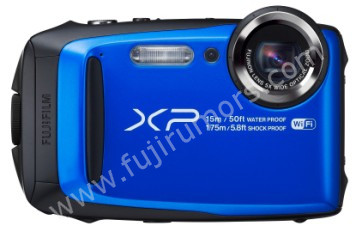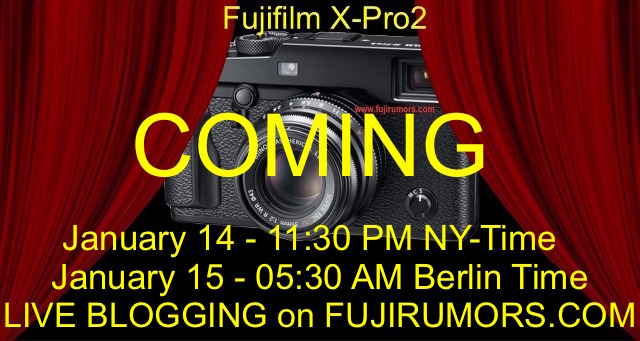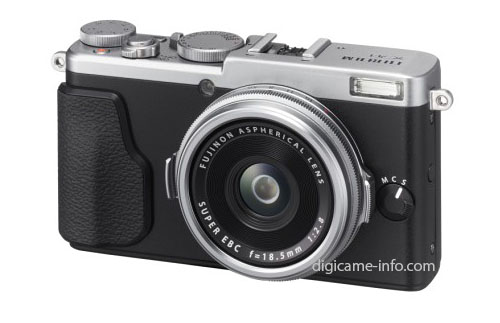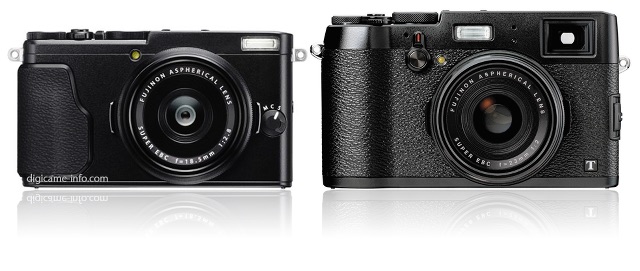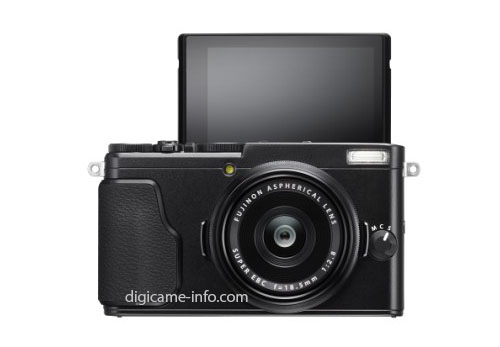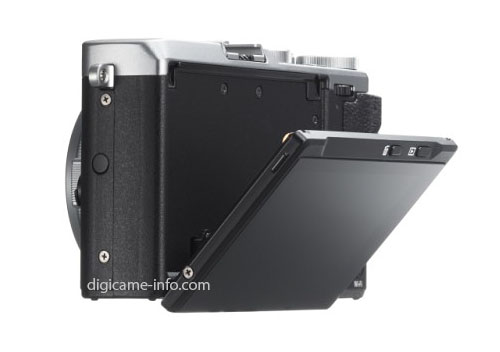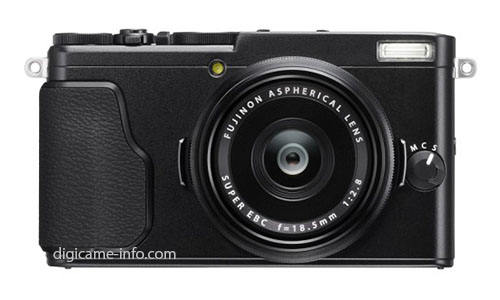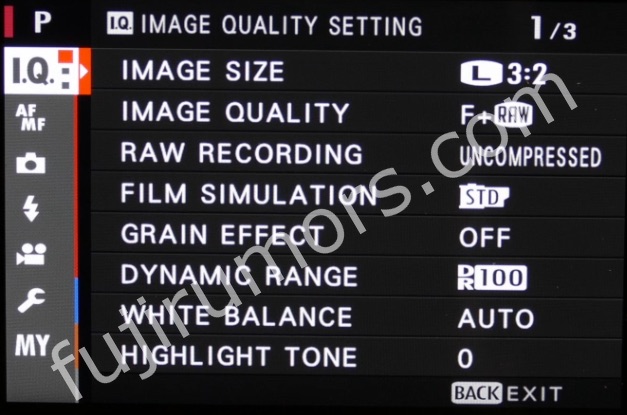Fujifilm X-Pro2 Shipping Embargo is February 4 (FR-source) and XP90 coming too (digicame-info) – XP90 image via FR
I have an update regarding the Fujifilm X-Pro2 shipping.
A source told me that the shipping embargo is February 4, so just 3 weeks after the announcement :)
But remember: it could be different from country to country. And if there are last second FW bugs or problem of any kind, everything will be delayed… just as it is happening with the mysterious Fuji X-T1 IR, where Fuji officially said it will ship October 2015, but still unavailable.
Moreover, digicame-info just said that Fuji will also launch the Finepix XP90, the successor or the Finepix XP80. Here is the full list of digicame-info
– X-Pro2
– X-E2S (Black Silver)
– XF100-400mm F4.5-5.6 R LM OIS WR
– X70 (Black Silver)
– FinePix XP90
I normally do not cover FinePix cameras, but I’m glad to share with you the first image of it :)
The XP90
